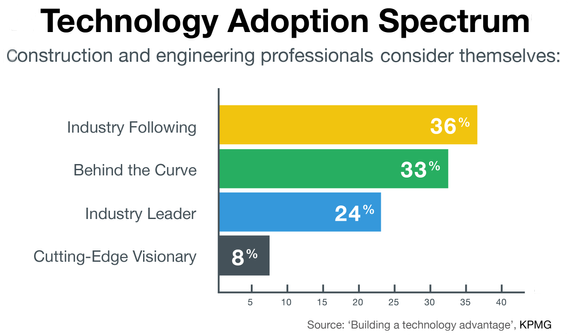10 New Construction Technology Trends
New technology is helping to rebuild the construction industry. From the earliest automated hand tools to the latest sustainable practices and 3D printing possibilities, the industry is booming thanks to new advances in equipment, machinery, and methodology. Below are some of the new building materials and technologies companies are coming out with.
1 Sustainable Building Blocks
PLAEX is a construction system from Canada that has developed sustainable building blocks made from plaster, plastic, and other discarded materials. These blocks are not only sustainable and cheaper to build with, but they also offer a faster assembly process compared to traditional bricks because they do not require mortar to connect.
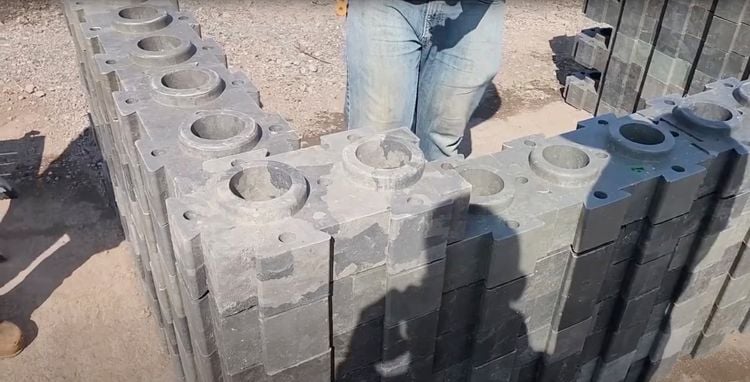
2 Recycled Plastic Grids
HAHN Plastics Ltd. creates grids from recycled plastic. These grids weigh around nine kilograms each but are sturdy enough to be used in parking lots and can hold heavy machinery. They can maintain their shape in cold climates and efficiently handle rainwater and mud, making them a suitable choice for farmers.
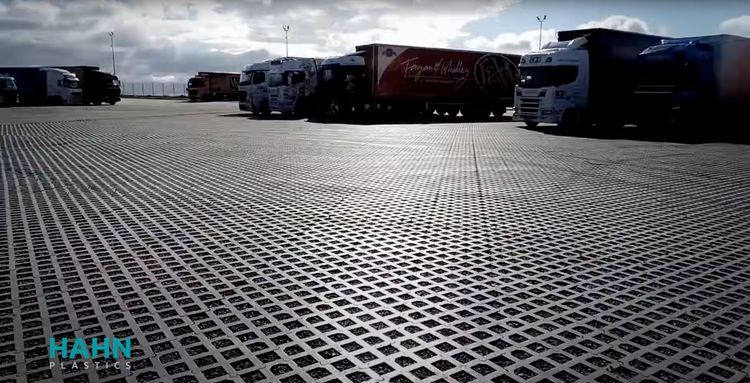
3 SureWall
SureWall developed a drainage system behind the base of one-meter-high retaining walls. These walls are ⅓ the thickness of a traditional retaining wall, allowing builders to construct 90-degree corners effortlessly.

4 STYROPOR Wall
STYROPOR, a Turkish company, is the first to create walls without extra insulation. The company combines bricks with expanded polystyrene, which together act as a thermal insulator. These walls can help reduce electricity costs for future homeowners.

5 Modular Pool
Paradise Blur stands out with its unique pool design, built with modular components. The panels for the pool are made from synthetic resin derived from recycled materials like yogurt cups. This sustainable method reduces plastic waste and promotes eco-friendly building practices. The modular design allows homeowners to tailor the size and shape of the pool to their exact specifications.
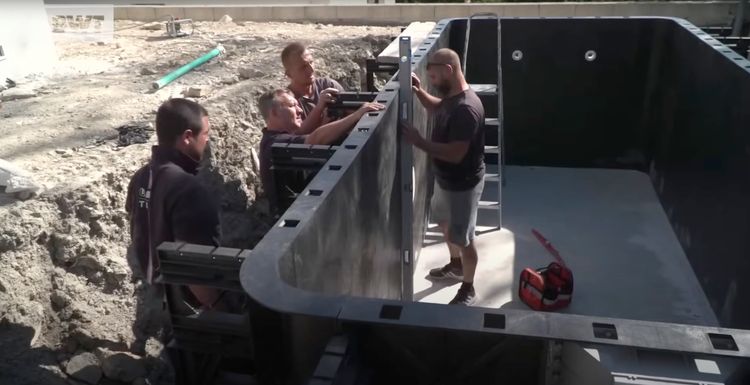
6 Building Information Modeling
Building information modeling (BIM) design software is a smart 3D modeling and visualization process used to efficiently plan, design, construct, and manage buildings or infrastructure. By creating a shared resource of project data in one place, BIM helps keep architecture, engineers, managers, and stakeholders on the same page.
BIM visualization tools create virtual 3D models of proposed buildings and infrastructure. More advanced BIM systems may include modules for project management, such as scheduling, costing of building materials, and automation data collection.
Read more: The Best BIM Software
7 3D Printing, Virtual Reality
Virtual or augmented reality can show contractors what a finished project might look like in a simulated or real-world environment. Potential changes can be seen in the space before additional work begins. And physical 3D printed models can then show clients what to expect beyond computer visualizations made by BIM. 3D printing can even make custom parts right at the job site, further expediting work.
AI and machine learning can work together to better analyze construction projects to make them safer and more affordable. They can review historical data from past projects and construction processes to identify areas of improvement, improving your decision-making in the long-term.
8 Wearables
Wearables go well with cloud-based software, as they provide construction professionals even more accessibility on the job. Construction workers can use smartwatches or similar devices to monitor changes and facilitate onsite communication. No more checking walkie-talkies in and out or miscommunications between someone was turned to the wrong channel. Other wearables include:
- Helmet and hard hats
- Glasses and visors
- Gloves
- Boots
- Vests
- Personal protective equipment (PPE)
- Support exosuits
In some cases, construction tech wearables rely on mobile apps in order to work. Depending on the software, these can be customized to best suit your construction firm’s needs. For instance, you can allow workers to log their hours by clocking in or out from their own mobile devices. Or, you can remotely monitor safety conditions with smart vests which measure temperature to determine when workers need to take a break.
9 Drones
In recent years, there has been a huge rise in the number of drones and robots being used on construction job sites. These autonomous or operator-controlled robotics can do the work humans can’t, either due to physical or safety limitations. And these can help make up for temporary or long-term labor shortages.
Examples of this technology in action include using drones to perform ground surveys and create topographic maps. Aerial views of a job site can improve accuracy when planning out where certain new construction features will be located. A drone operator can survey an entire site in a matter of minutes without having to step foot on the ground. In areas where there’s a lot of vegetation or debris, this might be the only way to get the job done.
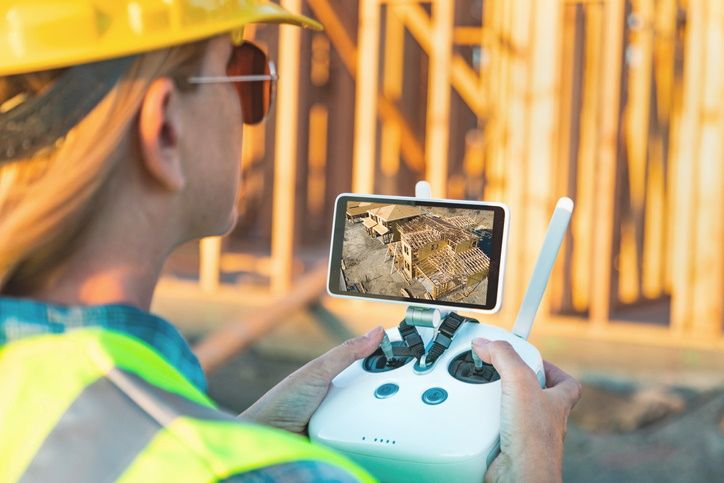
10 Cloud-Based Software
There are a lot of different construction software packages available to contractors. However, the best options are usually cloud-based, meaning they are accessible from any device with Internet access. For anyone working on a remote job site, this can be crucial for getting important business tasks done without the need for traveling back to an office and desktop.
Remote software and apps can provide real-time data collection, much faster than traditional methods. If there is an unexpected interruption to the supply chain, your construction company can adjust as fast as possible to keep the timeline accurate.
What is Construction Technology?
Construction technology refers to the tools, machinery, software, and methods used during a project’s construction phase to improve the efficiency and productivity of the construction industry.
Construction technology can refer to many things, ranging from new equipment to methodologies. For instance, the first power tools drastically sped up construction and repair work. Now, new tech covers everything from artificial intelligence to robotic exoskeletons. The key role of construction technology is to automate business tasks that once required manual labor.
Construction management software allows general contractors and construction companies to improve their decision-making when planning new construction projects. The best construction management software relies on evolving technology to ease job costing by analyzing labor, material, and equipment costs.
Pros and Cons
Technology is often seen as a double-edged sword. Explore the pros and cons of construction technology:
Advantages
Utilizing construction technology in your construction business has many undeniable advantages. Power tools can work faster than manually operated ones, software can automatically calculate job costs, and new equipment is always being developed. Below are just a few of the many pros we found:
- Streamline work with task automation: Instead of reviewing calendars and spreadsheets to determine available employee hours for an upcoming project, construction scheduling software can do it instantly. Evolving equipment and machinery can complete work in hours or days, which would have taken manual laborers weeks or months to complete.
- Enhance communication: Active job sites are known for being loud, and trying to have an entire conversation over walkie-talkie can lead to miscommunication. Changes in construction technology include the rise of mobile apps, which allow for better communication even at hectic job sites.
- Safer working conditions: New technology increases productivity without cutting corners by better understanding how to do the job safely. Artificial intelligence and machine learning advances analyze evolving construction to find the safest methods.
Disadvantages
While technology has a lot of positive impacts on construction, there are some drawbacks.
- Training: A technology survey by Software Connect revealed over 80% of construction companies rely on manual methods for basic business functions. While software can automate those processes, employees have to be trained to maximize the benefits. The post-implementation period can be full of human error as workers adjust to the learning curve. This has resulted in many construction companies being reluctant to try new technology such as web-based or cloud-hosted software solutions.
- Expensive Price: Software, hardware, and training all add up to time and money. It’s no surprise many construction companies feel behind the curve when it comes to adopting tech:
